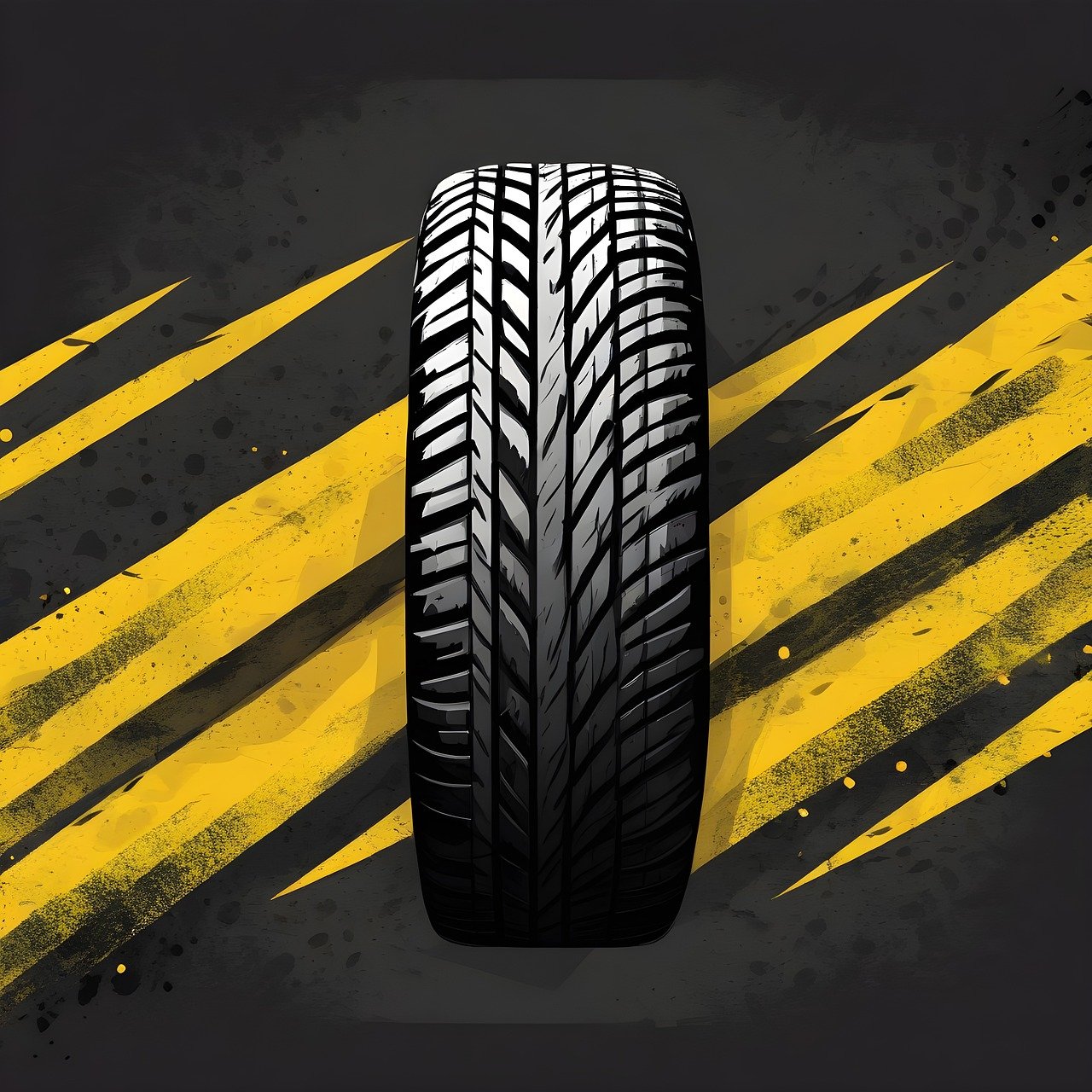
As the tires are the only part of your car in direct contact with the road, they need to endure significant wear and tear. For this reason, all drivers are well advised to keep a close eye on their tires, looking out for the following signs that a tire needs replacing. If you ever notice something wrong with your tires, head to your nearest Lincoln dealership without delay to have a technician install new tires.
Needs New Tires? Visit Your Lincoln Dealership Today
Diminished Tread Depths
Firm traction is the primary purpose of any car tire. If you ever sense a loss of traction, have your tires checked at once. The tread depths might have worn down too far.
With a brand-new set of tires, tread depths will be around 10/32 or 11/32 of an inch. This depth steadily reduces over time. When your tire treads near 2/32 of an inch, it’s time for replacements. Not only is it hazardous to use tires with shallower treads than this, but it’s also illegal in Texas and most other states.
Constantly Low Pressure
Tire pressure should always be kept at the optimal PSI level, as recommended by the manufacturer. While periodically measuring the pressure in your car’s tires, if you notice that any tire is persistently low on pressure, don’t ignore it. That tire might have a hidden puncture, which puts you in danger on the road.
Excessive Vibrations
After driving the same vehicle for months or years, you’ll probably become familiar with the usual level of road noise and vibrations. Lincoln cars, in particular, are known for providing a quiet and silky smooth ride.
If the vibrations and noise ever increase to unusually high levels, you might have a problem with your tires. Either a tire has become damaged or the set has worn down unevenly. You’ll probably need to have your tires rotated, repaired, or replaced.
Bulges or Blisters
External bulges or blisters in tire rubber are never a good sign. A strong impact with a pothole can sometimes cause the inner layers of a tire to rupture, allowing air to escape and become trapped under the outer layer, creating a bulge or blister. This almost always means the tire has to go.
Rapidly Spreading Cracks
While it’s natural for a certain degree of small cracks to appear in the sidewall of a tire, excessive cracks can threaten the tire’s strength. Sometimes, tire rubber dries out rapidly, becoming brittle and filled with cracks. This phenomenon, often known as dry rot, quickly makes a tire unusable. Dry rot is more likely to occur in extremely hot or cold climates.
Visit West Point Lincoln in Houston, TX, today to have your tires repaired or replaced. Our local full-service dealership delivers top-notch cars and customer care to Lincoln drivers in and around Houston.





